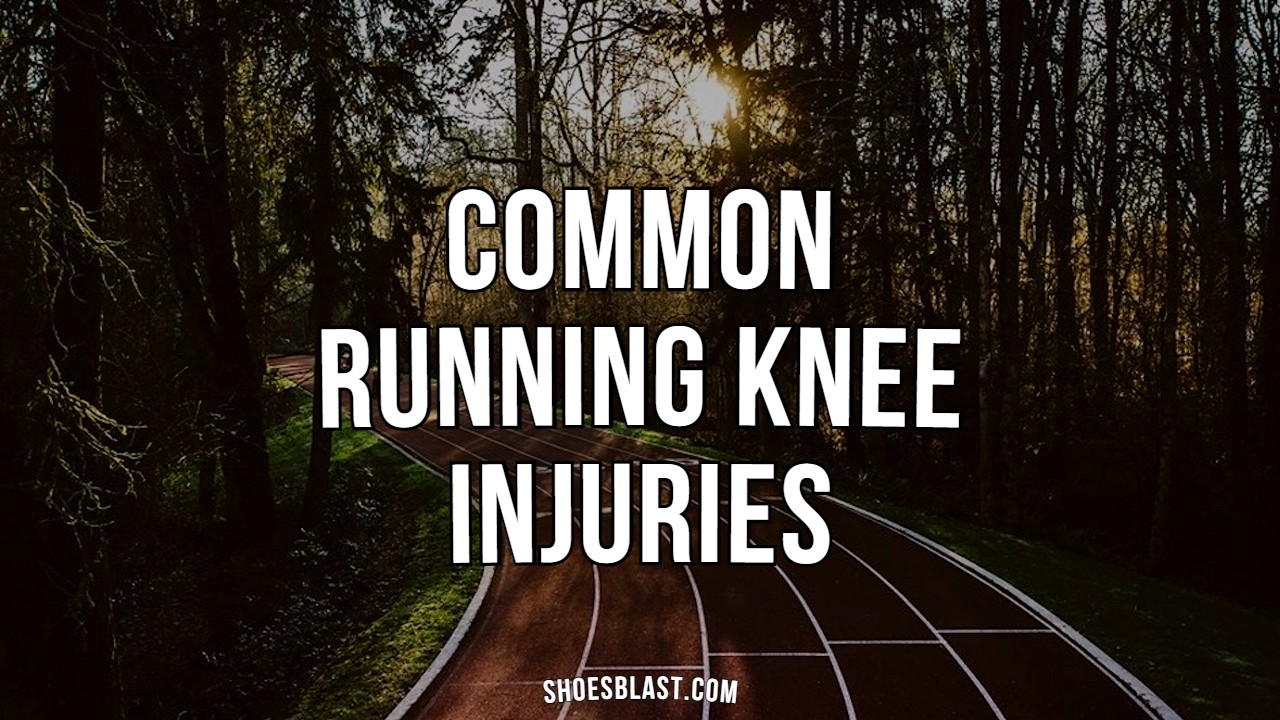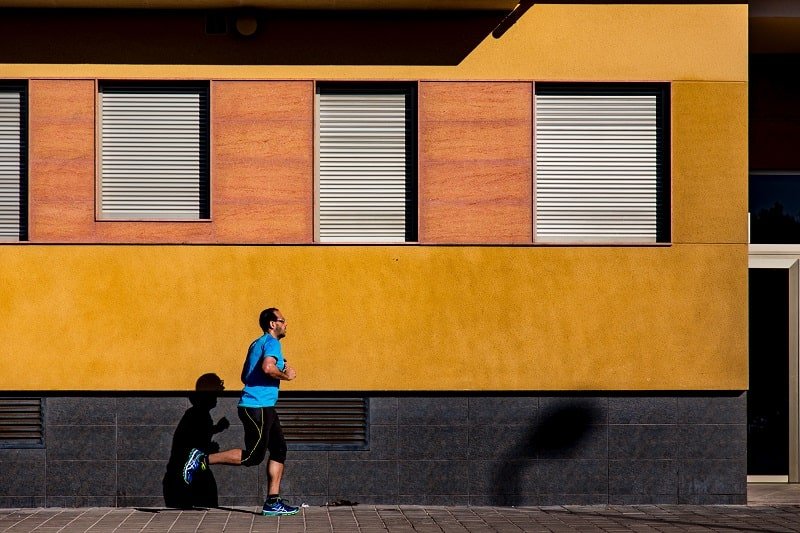Table of Contents
What is running? Running can be defined as a form of aerobic exercise. It is an intense exercise that mostly requires strength of the lower body, particularly the thighs, the knee, the shin, the ankle, and the foot.
We know that to lead a healthy life one must at least do medium to high-intensity training for at least 30 minutes 5 times a week. It could include walking, running, swimming, and maybe going to the gym.
Running is characterized as the second most popular sport these days. The reason could be its simplicity it’s inclusive, cheap, and accessible without the need to arrange a place for you to run in or the need to set a specific time of the day.
It is one of those activities that release endorphins. Endorphins are peptide hormones that are released from the hypothalamus. They are the body’s natural pain killers. Increased amounts of endorphins in the body give one the feeling of well-being and happiness. This phenomenon in runners is known as runners high.
The majority run to lose weight, to get fit, to keep healthy, or to have some time to themselves. Others run to beat their personal best, to participate in races. It doesn’t matter if you are a beginner or a mature athlete you are likely to engage with injuries.
Running have many goods but also comes with its own cost. Since running is mostly lower leg activity so the knee joint is the most susceptible to injury running. It is one of the most commonly injured joints in many sports like basketball, soccer, football, and gymnastics. Damage to the structures inside and outside your knee joint can result in fractures, dislocations, sprains, and tears.
The structures in the knee that are most susceptible to running injuries are:
- Articular cartilage – cartilage is a flexible connective tissue that is present in various parts of the body. The articular cartilage of the knee covers the ends of your shin bone, thigh bone, and the back of your kneecap (patella).
- Ligaments – Ligaments are structures in the human body that connect two bones together. There are four ligaments in the knee the anterior and posterior cruciate ligaments and the medial and lateral collateral ligament, but the most common injuries due to running are associated with your anterior cruciate ligament (ACL) and posterior cruciate ligament (PCL).
- Menisci – it is rubbery cartilage discs that act as shock absorbers and help to stabilize your knee. A meniscus tear is one of the most common knee injuries.
- Tendons – connect your muscles to your bone.
10 Common Running Knee injuries
1. Runners Knee
Runner’s knee, also known as patellofemoral pain syndrome (PFPS) or Chondromalacia Patella (CMP), is knee pain associated with your patella or kneecap.
Overuse injuries to the articular cartilage, alignment issues or imbalances in the muscles that support the knee, and mechanical faults that produce improper knee tracking, which means the knee shifts out of place as the leg bends or straightens, are the most common causes of the runner’s knee.
It’s the most common condition among runners. When you run, the predominant symptom is pain around your knee. The articular cartilage in the joint around the knee cap becomes soft and breaks down, causing pain and inflammation.
The pain can be subtle or intense and severe, and it normally gets worse as the exercise intensity rises.
Knee pain around the patella typically feels worse when going up or downstairs. It may be brought on by sitting (with the knees bent) for long periods.
2. Patellar Tendonitis
Patellar tendonitis or tendinopathy is a type of knee injury caused by overuse and aging. It’s caused by overstretching of your patellar tendon. A common name for it is Jumper’s knee.
Patellar tendinopathy is a condition that causes pain, stiffness, and weakness in the knee. It causes pain in the front of the knee, below the kneecap, or slightly above the shin. People who run down inclines regularly or who perform a lot of starts and stops while running are at risk for this injury.
3. IT Band Syndrome
Also known as ITBS. Your iliotibial (IT) band is a tendon that connects your knee to your hip. It aids with knee stabilization. The IT band glides across the outside of the knee joint when the knee bends. When the IT band becomes tight from overuse, overstrain, or biomechanical factors, it becomes difficult to glide over the knee, causing pain and irritation.
Pain in the knobby area directly outside your knee is the most common symptom. Going downstairs or running downhill can make the pain worse.
4. ACL and PCL injuries
Overstretching the knee’s ligament causes an ACL or PCL injury. It can happen when a runner comes to a sudden stop, changes direction quickly while slowing down, lands incorrectly, or collides directly.
Around your knee, you will have pain and swelling. You may hear a popping sound and feel your knee give way from beneath you.
5. Kneecap Bursitis
Prepatellar bursitis is an inflammation of the bursa in the front of your kneecap, which acts as a cushion between bones and soft tissues to prevent friction. Your bursa can get irritated and enlarge, putting pressure on other portions of your knee.
Repetitive friction in the area, muscle tension, or a sudden injury to the knee can all cause it.
6. Kneecap Subluxation
Your kneecap might be pulled to the side of (subluxation) or completely dislocated from the groove in your knee joint where it normally glides. When this happens, the supporting tissues may be strained or ripped.
When you plant your foot on the ground, it can be caused by a hit or an abrupt shift in direction. Knee pain, swelling, and a popping sensation will accompany your kneecap looking out of place.
7. Medial Meniscus Tear
The meniscus is the protective cartilage within your knee. A tear to that cartilage in your knee joint causes pain on the inside of your knee.
The most common cause of a meniscus tear is twisting of your knee when your foot is on the ground. It can also occur through direct impact in contact sports and in older athletes through gradual degeneration, this is known as a degenerative meniscal tear.
The other form is acute traumatic meniscal tear which is common in younger athletes and is characterized by a popping sound upon injury. Both types cause pain, swelling, and locking of the joint.
8. Plica Syndrome
A plica is a fold of the soft inner lining of your knee joint that can be more prominent in some people. Plica syndrome occurs when this lining of your knee joint is irritated and inflamed causing knee pain.
Activities that repeatedly bend and straighten your knee, such as running can irritate the plica and cause plica syndrome.
9. Knee Stress Fracture
A stress fracture in the knee can occur when you increase the volume or intensity of an activity too soon, such as running. A knee stress fracture can also be caused by an unfamiliar or uneven surface, unsuitable equipment (proper running shoes), and greater physical stress (a runner increasing their running duration).
Your knee will hurt if you have a stress fracture.
10. Osteoarthritis
Although it is not known for sure if regular running indeed does cause osteoarthritis, some experts believe that the constant wear and tear of the knee joint while running can be one of the reasons for early age osteoarthritis in runners. It is characterized by achy, stiff, or swollen joints that cause pain during or after a workout.
When to seek treatment for your knee pain caused by running
Common Running Knee injuries are usually due to overuse of the knee joint, they are mostly mild and resolve with rest.
Other than rest using cold packs on the knee after running lowers the chances of inflammation of the inner structures of the knee and helps in the healing of whatever wear and tear the joint endured during the run.
The other way to keep the joint away from injuries is never to forget to stretch the joint before starting any exercise. Although, if your pain is not that severe but the methods mentioned above do not seem to better the pain it is better to consult a GP.
If your pain is severe or your knee is inflamed, you should immediately contact an orthopedic doctor. They will inquire about your symptoms and examine your knee physically. For more information or treatment, you may be referred to an orthopedic surgeon.
Diagnosing your knee condition
The common tests that your GP or orthopedic surgeon might request are as follows:
- An X-ray or CT scan – to check for a fracture or arthritis.
- An MRI scan – to determine cartilage or soft tissue damage.
- Knee aspiration – to drain off fluid and help in the diagnosis of knee joint disease.
- Knee arthroscopy — your doctor uses a telescope and a small camera to examine inside your knee to see whether there is any damage to the meniscus, cartilage, or ligaments. It is a less invasive procedure that can also be utilized to address your knee condition.
Treatment options for knee problems caused by running
Treatment depends on the specific knee problem and your doctor will be able to advise you on the best course of treatment. Some of the treatment options are as follows:
- Rest
- Ice
- Non-steroidal anti-inflammatory medication
- Exercise to strengthen and stretch your muscles
- Knee tape or brace
- Advice for footwear: the shoe should have midsole cushioning for stability and shock absorption, it should be lightweight the lighter the shoe the better it is, and the foam under the arch of the foot should be denser, overall the shoe should be comfortable. For more advice on footwear related to specific knee injuries consult with your doctor or physiotherapist. Also, Running experts advise wearing low drop shoes as it does not put load on the knees.
See our guide for the best running shoes for specific diseases.
- Surgery is required for some knee pain issues. This can include fractures, ligament tears such as an ACL rupture, plica excision, patella misalignment, or cartilage injury under the kneecap. Knee arthroscopy can be used to remove worn-out fragments from your joint or to trim or mend damaged cartilage and ligaments.
References
berkshireindependenthospital.co.uk

I am living in the kingdom of Saudi Arabia. I did my bachelor’s in medicine and surgery from Al Faisal University in Riyadh. Now I am looking forward to pursuing a career in medical and experimental research to find better solutions to the world’s problems.


